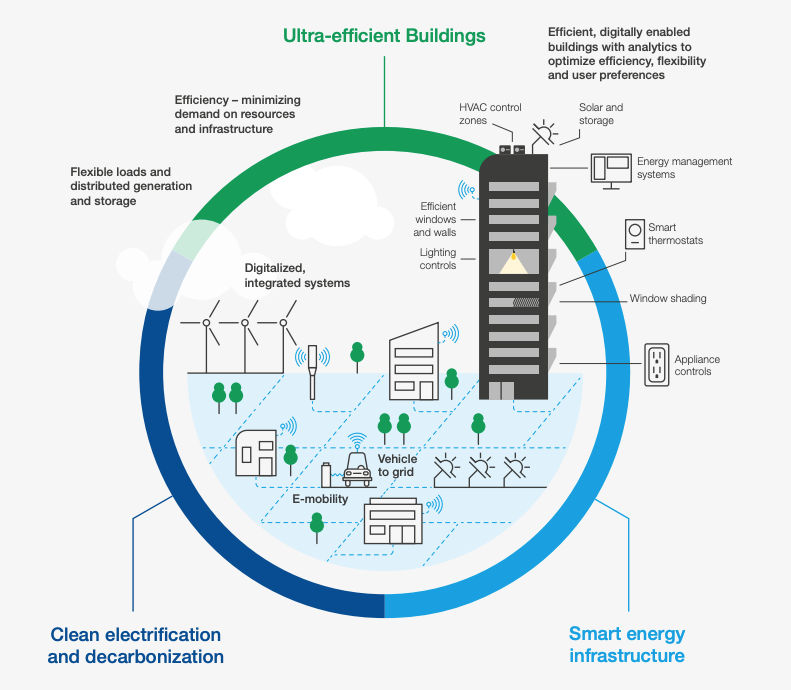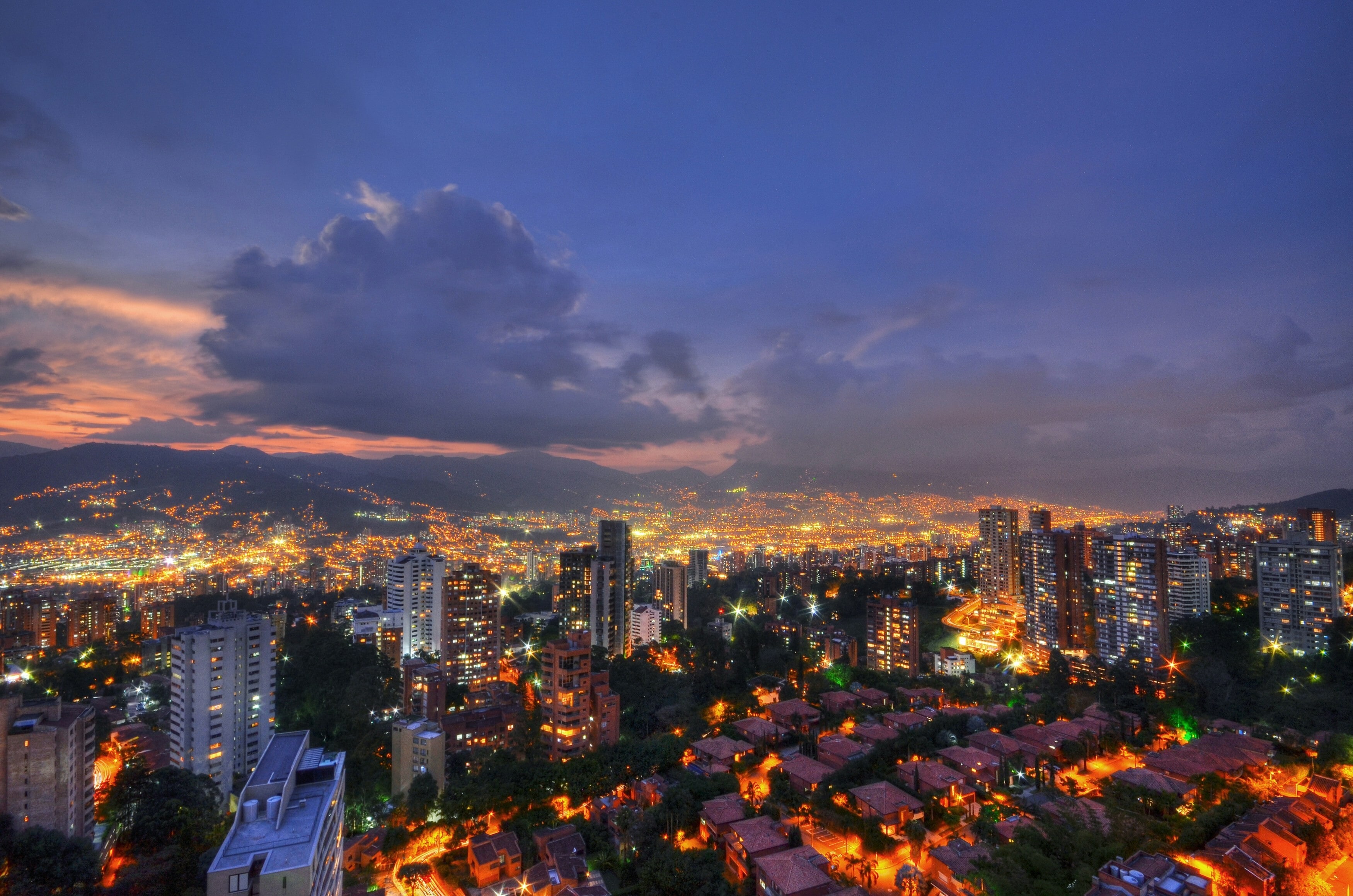San Jose, California, rethinks parking to help people and the climate

San Jose's City Council has voted to reform its outdated parking rules.
Image: Unsplash/Jules Marvin Eguilos
Stay up to date:
SDG 13: Climate Action
- San Jose's City Council has voted to reform its outdated parking rules and requires new developments to support more transport methods other than driving.
- The reform aims to reduce road traffic and create more walkable neighbourhoods and affordable homes.
- San Jose hopes its action on parking reforms and plans to increase electrification will help the city meet its carbon-neutral goal by 2030.
In an important vote for the climate June 14, California's San Jose's City Council unanimously voted for a step to help reduce the city's biggest source of emissions: cars on the road. The council told city staff to reform outdated parking rules and require new developments to support more ways of getting around than just driving.
City staff will bring a new policy back to council later this year. If it passes, San Jose will join the ranks of cities reimagining how land is used to create more walkable neighborhoods and affordable homes.

Leading the charge to carbon neutrality with parking reforms
As part of the Bloomberg American Cities Climate Challenge, San Jose is acting to reform parking rules along with cities such as San Diego, Honolulu and Saint Paul. These policies remove outdated and often arbitrary minimum parking requirements; instead, they allow the market to decide how much parking is actually needed for new homes, shops and other development.
In addition, for developments that are still likely to result in more cars on the road, San Jose's TDM policy would require developers to act to encourage more sustainable transportation. This would include measures such as providing transit passes to residents, including bike racks or carshare parking in the new development, or improving surrounding sidewalks to make the area more walkable.
If the policy passes later this year, it should help reduce driving and make walking, biking and taking public transit safer and more accessible. This is a key action in meeting San Jose’s goal to become carbon neutral by 2030.
What is the Forum doing to help cities to reach a net-zero carbon future?
Building a more affordable San Jose
For decades, American city planning has prioritized driving over taking the bus, biking or walking, and today our cities reflect that, with much of our public space dedicated to roadways and parking lots. Now, cities such as San Jose are rethinking the assumption that everyone can and should drive.
Parking is expensive: The cost of a parking structure can be up to $75,000 per stall. If a new condo building requires two stalls for each unit, that’s $150,000 added to the purchase price — whether the new owner has two cars, one or none. Given the severe lack of affordable housing in San Jose and many other cities, this is a simple fix to cut housing costs that has been long needed.
Reforming these requirements not only makes homes more affordable, it also makes goods more affordable. That's because the price of parking requirements is built into every transaction. If grocery stores are required to have a parking lot, then part of what you pay for food is actually paying for that space dedicated to parking — even if you walked to the store.
A suite of climate actions
In addition to this step toward long-awaited parking reform, at the same meeting, San Jose's City Council also passed two other important climate actions:
An "acceleration strategy" to meet the city's Carbon Neutral by 2030 goal — laying out the actions that must happen faster to meet that goal in just eight years."Electrify San Jose," a framework for building electrification that recommends policies and programs to thoughtfully support residents, especially in historically underserved neighborhoods, to replace appliances that run on fossil fuels to ones that rely on clean electricity.
With these decisions, San Jose is acting on its goals, speeding up its climate action and tackling its two biggest sources of carbon pollution — transportation and buildings — head-on.
Accept our marketing cookies to access this content.
These cookies are currently disabled in your browser.
Don't miss any update on this topic
Create a free account and access your personalized content collection with our latest publications and analyses.
License and Republishing
World Economic Forum articles may be republished in accordance with the Creative Commons Attribution-NonCommercial-NoDerivatives 4.0 International Public License, and in accordance with our Terms of Use.
The views expressed in this article are those of the author alone and not the World Economic Forum.
Related topics:
Forum Stories newsletter
Bringing you weekly curated insights and analysis on the global issues that matter.
More on Urban TransformationSee all
Luis Antonio Ramirez Garcia
August 11, 2025
Michael Fröbel and Stanislas Hillen
August 8, 2025
Jeff Merritt and Vivian Brady-Phillips
July 25, 2025
Muhammad Hassan Dajana and James Balzer
July 22, 2025
Olivia Nielsen
July 16, 2025





